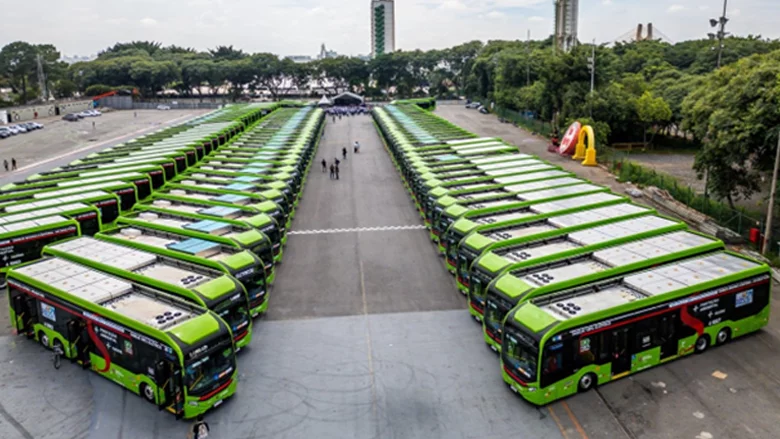Opinion Pieces: since 2007, Prof. David Hensher has written an opinion column in the Australasian Bus and Coach magazine, where he monthly discusses a lot of different transport-related hot topics. In this section we are revisiting these columns.
May 2009
In recent months I have been repeatedly asked by many individuals in government, industry and the media on what I would do to improve public transport in our major cities. We see many proposals – some sensible, some whacky and others brilliant but impossible to fund. So what would I ‘recommend’? Where do we start? Well let us recognize that there may be some very low cost initiatives that can be tested, and if they succeed then build on them; if they do not succeed then stop doing it. This clearly suggests that we cannot spend 5 years building something only to have it fail. There may well be some initiatives that can be tested immediately that might be the basis of identifying if there is a serious market of patronage growth that is worth focusing on, even with longer term more costly investments involving non-reversible commitments.
The one single initiative that I have been pondering on for some time, and testing on a few individuals, is a simple one. Given that frequency and connectivity are primary elements of any successful public transport initiative, why not select an area of a major capital city and triple the frequency of bus services (i.e., have buses serving existing routes with headways that are 3 times lower than currently exist). Or, even better, offer 5 minute headways in the morning and evening peaks in a particular geographical context where we have a sense that there is potential patronage growth. Some pundits might respond with – ‘who is going to pay and where are we going to get the buses and drivers?’
My response is – let us take an area in a major city where say 50 buses operate in the morning peak. Let us increase this to 150, and so we have to find 100 buses. Let us undertake the trial for 12 months (you must have at least this time so that the market can become aware of the new services and establish ongoing commitment). Leasing 100 buses would cost about $15m maximum (which can be sourced for buses about to be retired as well as spare capacity that exists amongst quite a number of operators). In addition, government should support the use of existing buses in the off-peak where there exists a great deal of spare capacity, and test a number of service scenarios. These scenarios should include 5 minute headways in the peak, 10 minutes in the shoulders and 15 minutes in the off-peak Monday-Friday (at least). We would need to source drivers and also ticketing machines compliant with the local area as well as destination signage and marketing of the new services. This seems a very small price to pay compared to commitments to expensive alternatives.
Where the new services deliver noticeable patronage growth, one should refine and extend the services; and where this is not evident, the services can be removed. There is nothing like testing the market in real time, compared to spending huge sums of money of patronage prediction models that so often bear little relationship to how the market actually responds. I encourage Minister’s of Transport and their senior advisers to take this opportunity seriously and act on it. The benefits may surprise everyone.
Food for thought
¿Comments? ¿Opinions? ¿Similar News? Send them to us!












